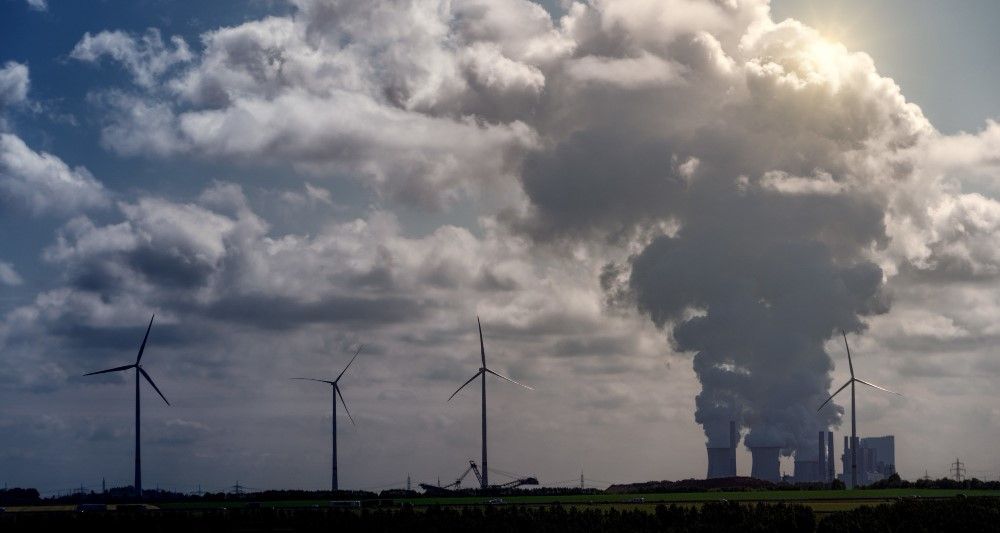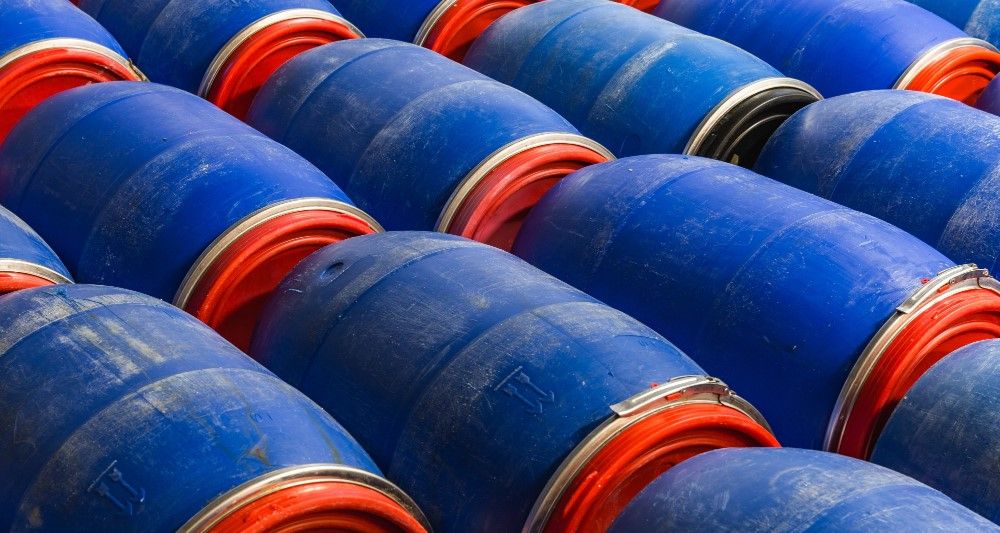The chemical industry, a critical pillar of the global economy, faces a complex array of challenges that threaten its continued growth and prosperity.
As consumer demands shift, environmental regulations tighten, and competition intensifies, chemical companies must navigate a treacherous landscape to remain viable. Rising raw material costs, the need for significant capital investment in new technologies, and mounting public pressure to reduce environmental impact all strain the industry's resources and profit margins.
Furthermore, the industry grapples with skills shortages, as the specialized expertise required to operate advanced chemical plants becomes increasingly scarce. To overcome these obstacles, chemical firms must demonstrate agility, innovation, and a steadfast commitment to sustainability - qualities that will be essential to their long-term success in an ever-evolving marketplace.

However, among all this issues, there are three key challenges which will have the greatest impact over the chemical industry in the decades to come.
1.Geopolitical Turmoil
Today, the geopolitical landscape is growing increasingly complex, with trade conflicts, sanctions, and political instability plays havoc to markets and raw material supplies.
Reorganizing global supply chains and diversifying the supply are becoming crucial survival tactics as protectionism and geopolitical conflicts put pressure on supply chain operations. To safeguard home businesses, major nations are enlarging the scope of laws by implementing stringent environmental standards and looking into subsidies.
Looking ahead, it is anticipated that this tendency will continue for the foreseeable future with no end in sight to tension in the South China Sea, Gaza, and Ukraine. This likely means that the geopolitical issues will develop into problems which will span the entire value chain as opposed to being stand-alone issues. In response, chemical businesses must adopt a strategic approach to forming alliances, procuring supplies, and promoting trusted trader policies.

In addition, governments everywhere are realizing how important it is to have a strong industrial policy in order to achieve a sustainable economy. It's becoming clear that reaching net-zero circular materials, for substances such as metals, food, and chemicals, is essential in addition to decarbonizing the energy system and easing access to renewable sources (green electrons, green hydrogen, and carbon capture, usage, and storage).
For example, the forthcoming EU Commission (2024–2029) and EU Council Presidency in Europe are expected to give industrial policy and the chemical industry's crucial role in implementing the EU Green Deal top priority. While a potential "EU Chemical Industrial Act" may balance the Inflation Reduction Act (IRA), align the EU Transformation Regulatory Framework, and encourage investment in Europe.
In the meantime, the US has seen a notable increase in investment in low-carbon technologies and circular solutions, thanks in part to President Biden’s CHIPS Act and other government spending projects. However, with a closely fought election/new administration, it remains unclear which direction the world’s leading economy will take as 2025 begins.
2. Poor Global Economic Health
A weak global economy marked by inflation, recessionary pressures, and volatile commodity prices is expected to further squeeze profit margins and hamper investment in research and development. For while the global economic outlook may be improving, the spectre of turmoil still lurks around the corner.
As the IMF recently reported, “Global growth is projected to be in line with the April 2024 World Economic Outlook (WEO) forecast, at 3.2 percent in 2024 and 3.3 percent in 2025.” However, for advanced economies the figure was a low 1.8%, with most growth (5.5%) spurred on by Asia and China – an economy well-known for facing an unsustainable housing bubble.
Despite this bubble, China is close to becoming ethylene self-sufficient and continues to build new petrochemical complexes. For this reason, companies outside of China are quickly adapting unique survival tactics, including, for example, closing down operations that have outgrown their current space and launching new projects like eco-friendly plastics and battery materials.
Unfortunately, these changes are having to be made at a time when many developed nations continue to suffer from domestic political turmoil, low birth rates, and aging populations.

3. Climate Change
Climate change poses an existential threat, as rising temperatures, extreme weather, and shifting environmental conditions disrupt supply chains, mandate new emissions standards, and force the industry to rethink its energy-intensive processes and product formulations.
With global average temperatures hitting record highs, the UN is now warning of an era of ‘global boiling’ instead of ‘global warming.’
In response, governments, international bodies, and chemical company chiefs are having to face undesirable choices. These include, increasing regulation and ‘green’ taxes, increased use of biomass feedstocks and sustainable raw materials, increased recycling, and an attempt to re-use and reduce among customers.
Other responses include agreements, such as the plastics treaty which hopes to place a global cap on the amount of fossil fuel-based plastic that is made each year, and laws such as the incoming EU Sustainable Battery Regulation aimed at increasing the rate at which battery materials are recycled.
If such initiatives are to continue to place restrictions on core chemical industry products, then chemical companies will need to invest heavily to find alternative, sustainable feedstocks and production processes if they are to survive.

As it faces this daunting trifecta of challenges the chemical industry will require nimble adaptation and innovative solutions in the years ahead.
Navigating this perfect storm of issues will be the chemical sector's greatest test, requiring unprecedented collaboration, technological breakthroughs, and long-term strategic foresight to emerge stronger and more sustainable. The chemical companies that can successfully master these interrelated challenges will be poised to thrive in the decades to come.
Photo credit: Wirestock, jplenio1, Freepik, Jamesnudes, & Pxhere